Alan Syliboy (b.1952)
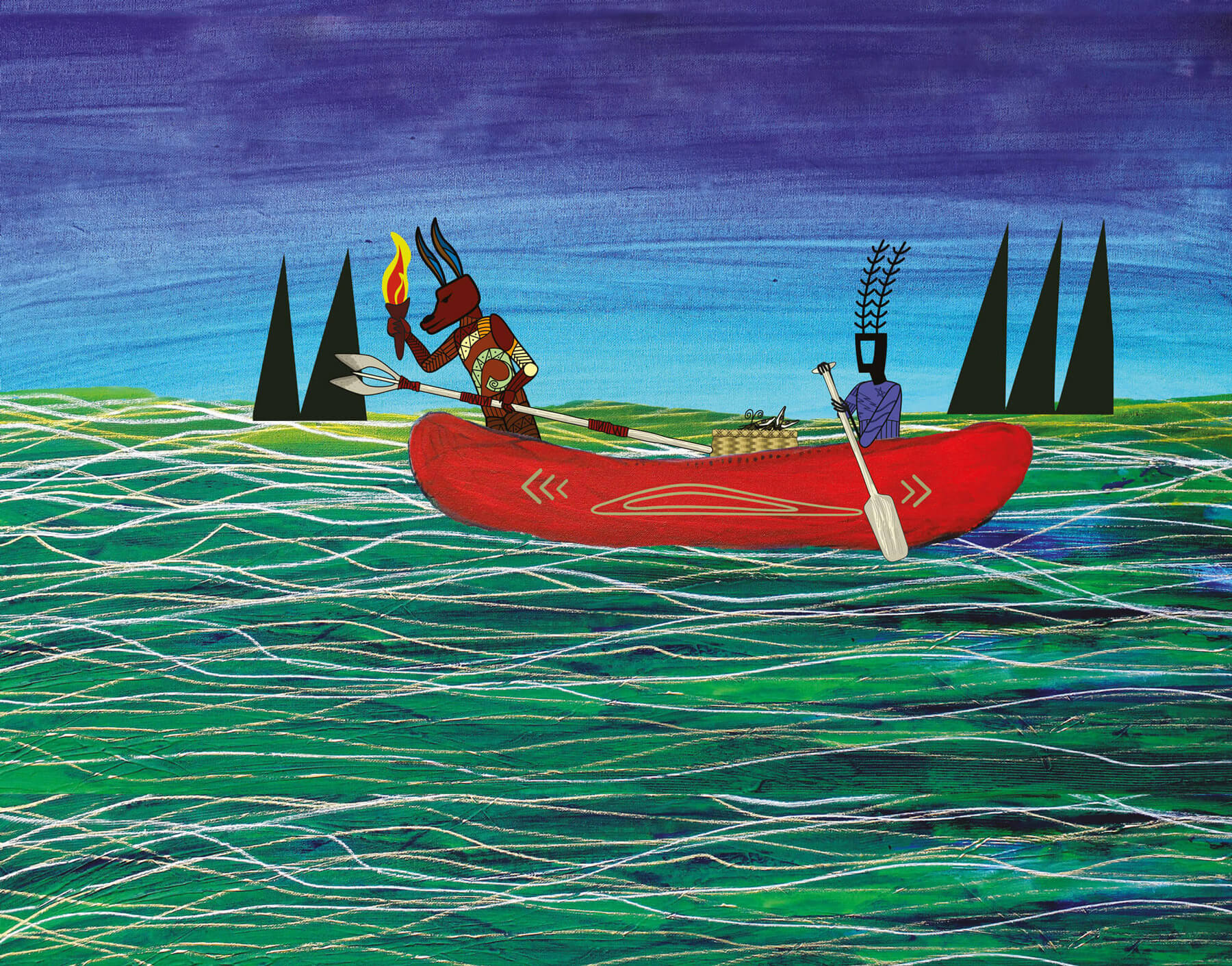
Alan Syliboy, Wolverine and Little Thunder, date unknown
Alan Syliboy was born on Millbrook First Nation, a Mi’kmaw community an hour outside of Halifax, where he still lives. While the artist has never lived in Halifax proper, his career, activism, and service have had a profound influence on Nova Scotia’s capital city. He has exhibited regularly in Halifax since the early 1980s, and his approach to imagery, inspired in part by Mi’kmaw petroglyphs, has been extremely influential with artists who have followed, creating a unique Mi’kmaw visual vocabulary with a profound impact in the city and the entire region.
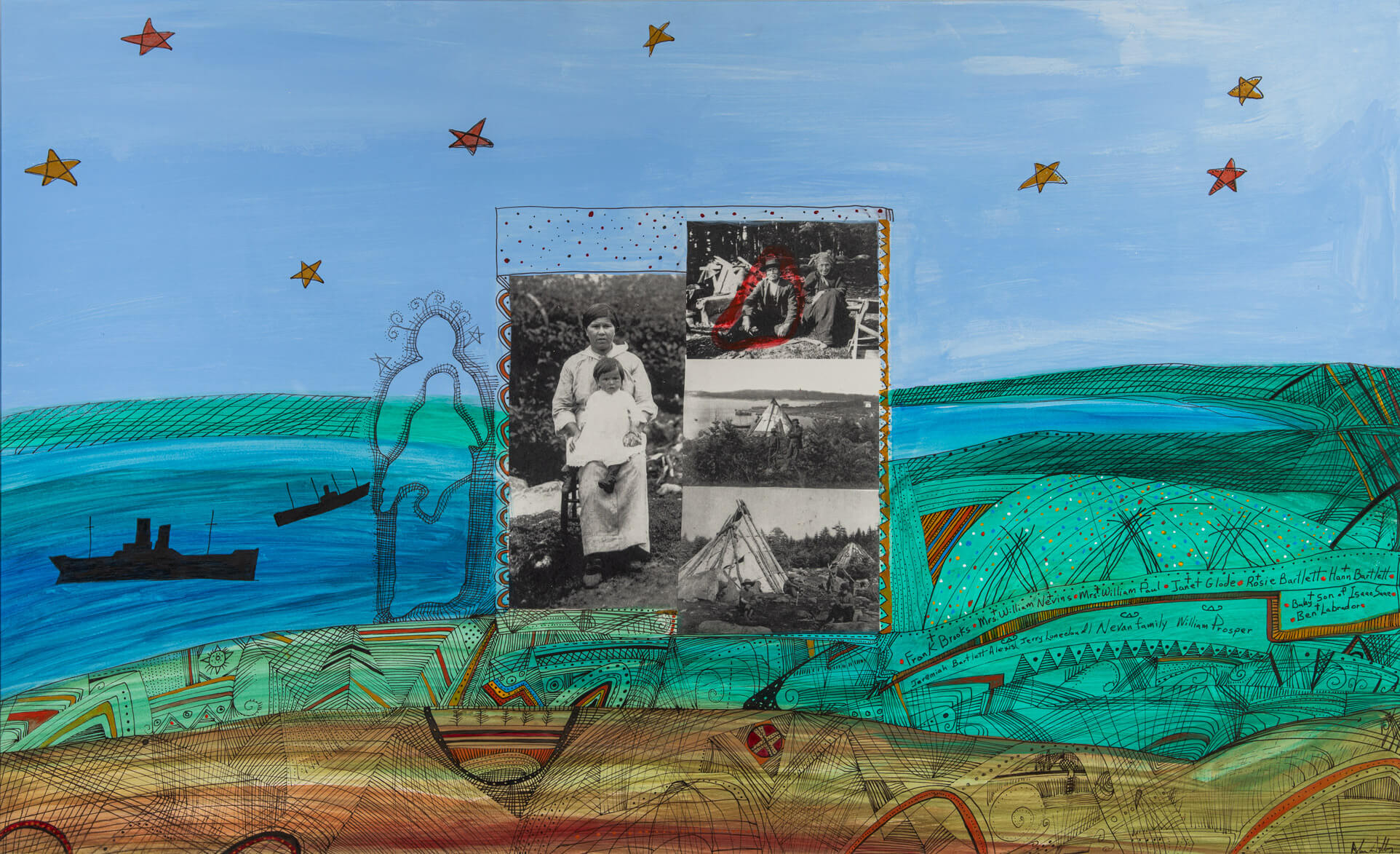
As a child, Syliboy spoke Mi’kmaw with his parents, grandparents, and other relatives, many of whom were fluent in their language. But he lost this ability during his school years, when speaking Mi’kmaw was actively discouraged. He dealt with that trauma by turning inward, using drawings instead of words. “I excelled at making images under the table,” he recalled. “My art was sort of an underground movement.”
When he was in his late teens his grandmother, Rachel Marshall, introduced him to the Wolastoqi artist Shirley Bear (1936–2022) from the Tobique First Nation in New Brunswick. Bear was working with Tribe Incorporated, an organization sending artists to First Nations communities across North America to provide art education. Syliboy joined the program in 1970 and attended several workshops and residencies across the Maritimes and New England. Bear encouraged Syliboy to explore Mi’kmaw petroglyphs—carvings left by Mi’kmaw artists on stone surfaces across Mi’kma’ki for millennia. Originally working from a book of photographs and line drawings, Syliboy began to adapt these traditional images into his own artistic language in drawings, paintings, and sculptures. “Seeing these petroglyphs energized my art career and affected my whole life,” he has said. The sharp lines of the reproductions, which are far clearer than those of the muted, almost invisible originals, influenced Syliboy’s graphic style, which features bold, decisive lines and vibrant colours.
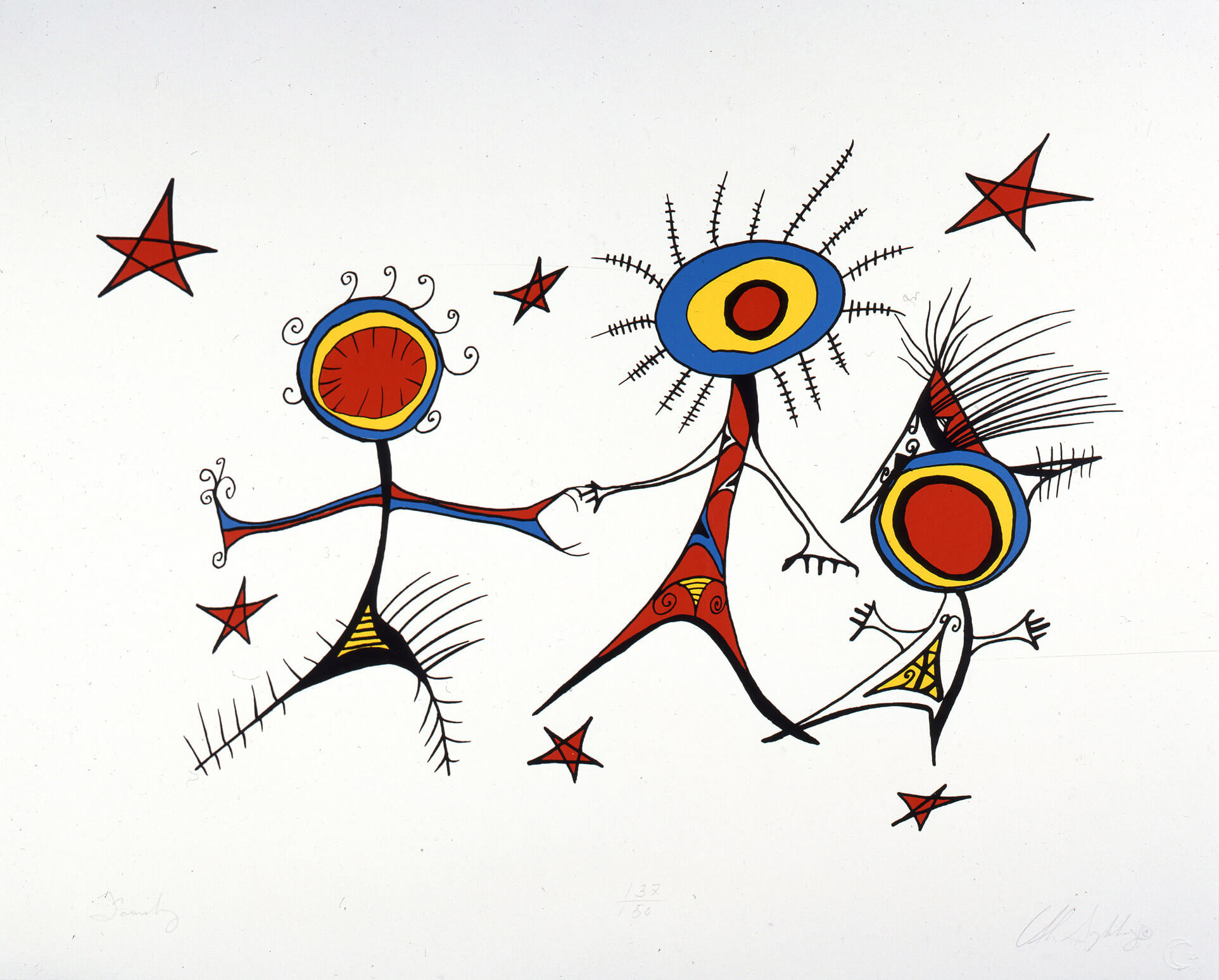
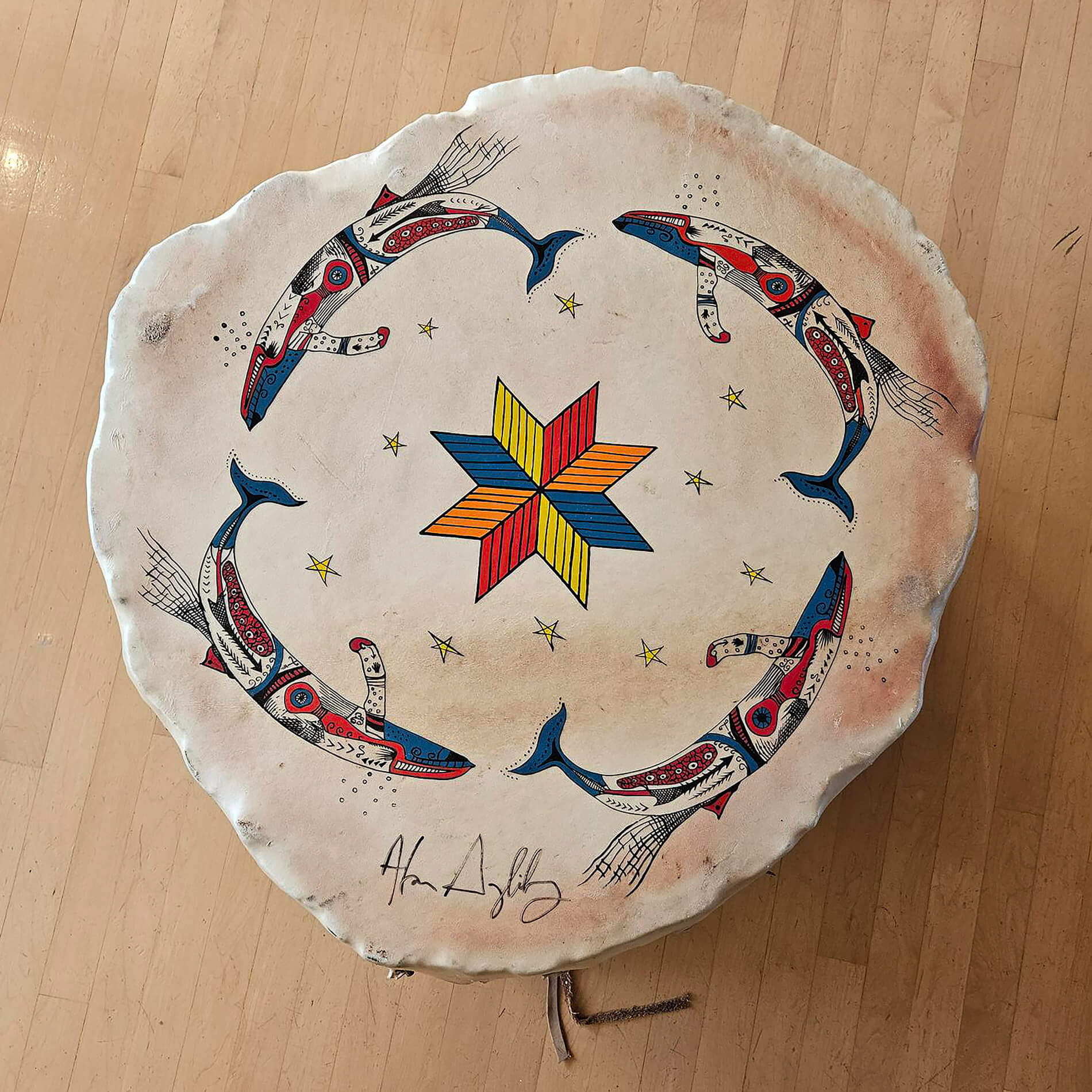
In 1993 his work was included in Pe’l A’tukwey: Let Me… Tell a Story: Recent Work by Mi’kmaq and Maliseet Artists at the Art Gallery of Nova Scotia, the first exhibition of Mi’kmaw and Wolastoqey (Maliseet) contemporary art in a Canadian art gallery. Syliboy exhibited across the Maritimes throughout the rest of the 1990s, and in 2001 he was part of the two-person exhibition Homeboys with Alex Janvier (1935–2024), the first contemporary exhibition in the Art Gallery of Nova Scotia’s new First Nations Gallery. His work has never been off view in this dedicated Indigenous exhibition space.
Since 2000 Syliboy has been active in multiple genres: painting, music, literature, multimedia, public sculpture, animation, and more. He has served on Halifax-based boards of directors of the East Coast Music Association, Arts Nova Scotia, and NSCAD University. In 2002 he was awarded the Queen’s Golden Jubilee Medal for Artistic Achievement. In 2013 the Beaverbrook Art Gallery mounted his solo exhibition, The Thundermaker; in 2015 he published a children’s book of the same name; and in 2017 he received an honorary doctorate from St. Francis Xavier University.

 About the Author
About the Author
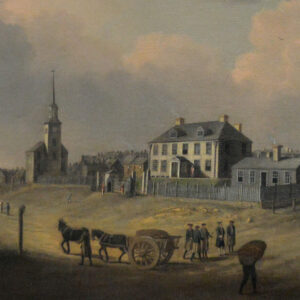 More Online Art Books
More Online Art Books
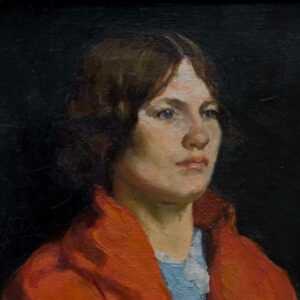 Acknowledgements
Acknowledgements